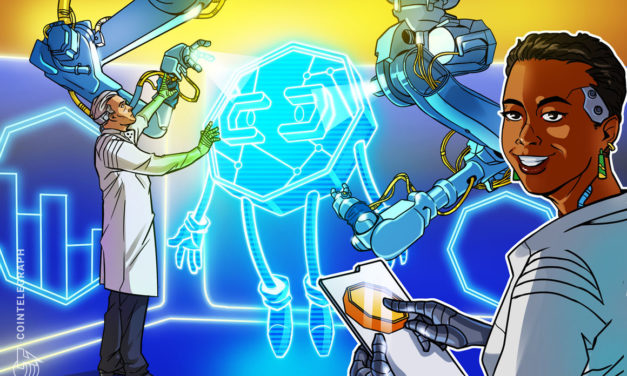Columbia Uni professor heads up a16z's new crypto research unit
Theoretical computer scientist and Columbia University professor Tim Roughgarden has been appointed the head of Andreessen Horowitz’s (a16z) new crypto research unit. Roughgarden’s resume includes more than three years as a professor of computer science at Columbia University in New York, along with a 14-year stint at Stanford. He has also served as a research partner at a16z since February last year. a16z is one of the most active venture capital firms in crypto, with its funds reportedly worth around $9 billion. Partly guided by the firm’s new unit which was announced earlier today, Roughgarden has stated that its funding into crypto research will grow by “many multiples of the next couple of years.”“We’re currently in a particular moment in time, witnessing a new multidisciplinary field (spurred by web3) blossom before our eyes. There are enormous opportunities to shape this field through research and education.”8/ As a research lab within a VC firm, a16z crypto research represents a new funding model for basic research—one that seems obvious in hindsight (with the long-term focus necessary for fundamental research already hard-wired into the firm’s business model).— Tim Roughgarden (@Tim_Roughgarden) April 21, 2022The firm highlighted Roughgarden’s experience in computer science, research and economics, along with his crypto and blockchain course at Columbia as one of the “best and most popular” introductions to crypto online. Roughgarden was one of the first to provide a formal analysis on the fee mechanism for Ethereum’s EIP-1559 upgrade. According to a16z, the research team will form a multidisciplinary lab that will work with the companies in its portfolio and others to solve “the important problems in the space,” increase user adoption and advance Web3 science and technology. Stanford University professor of computer science and electrical engineering Dan Boneh will also be joining Roughgarden as the senior research advisor. Boneh has worked with a16z for the past four years as a portfolio research advisor and also teaches applied cryptography at the Stanford Center for Blockchain Research. Major announcement from us today: we’re launching a16z crypto research to advance the science and technology of the next generation of the internet, led by the incomparable @Tim_Roughgarden https://t.co/KtvmP7fSkh— cdixon.eth (@cdixon) April 21, 2022
The firm noted that “new entrepreneurial idea for a Web3 application or protocol tends to uncover fresh research challenges” that are extremely important to solve in order to solidify the future of blockchain and crypto. Such challenges include the scaling and development of infrastructure, tokenomics that benefit all participants, and methods to build token economies in Web3 applications such as social media and gaming.“With the advent of Ethereum and other blockchains that are fully programmable, web3 has unlocked an extremely rich design space for innovation. It’s a space that we’ve only just begun to explore.”Related: a16z’s Chris Dixon tops ‘Midas List’ by turning $350M into $6B in 2021
Čítaj viac






